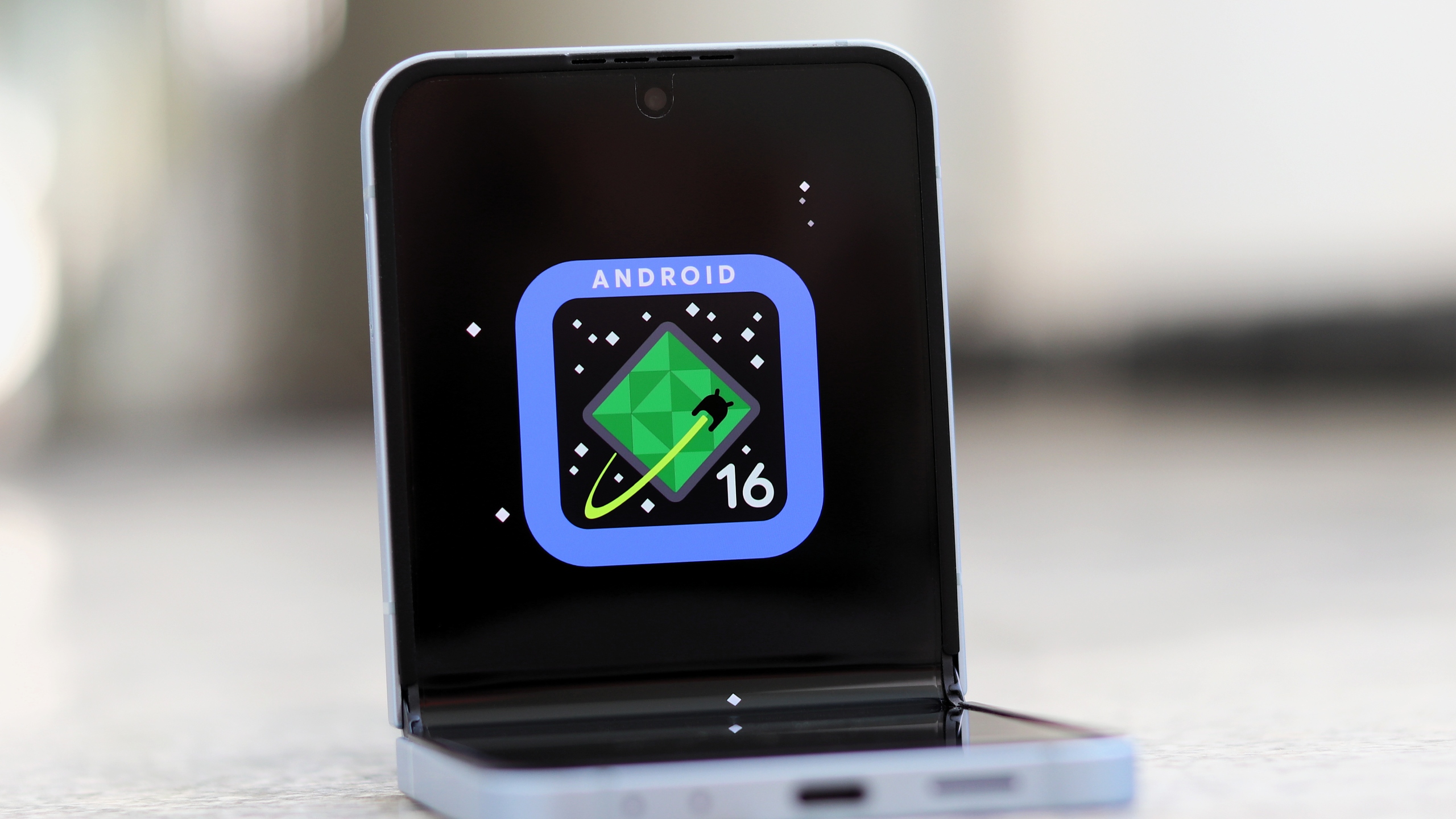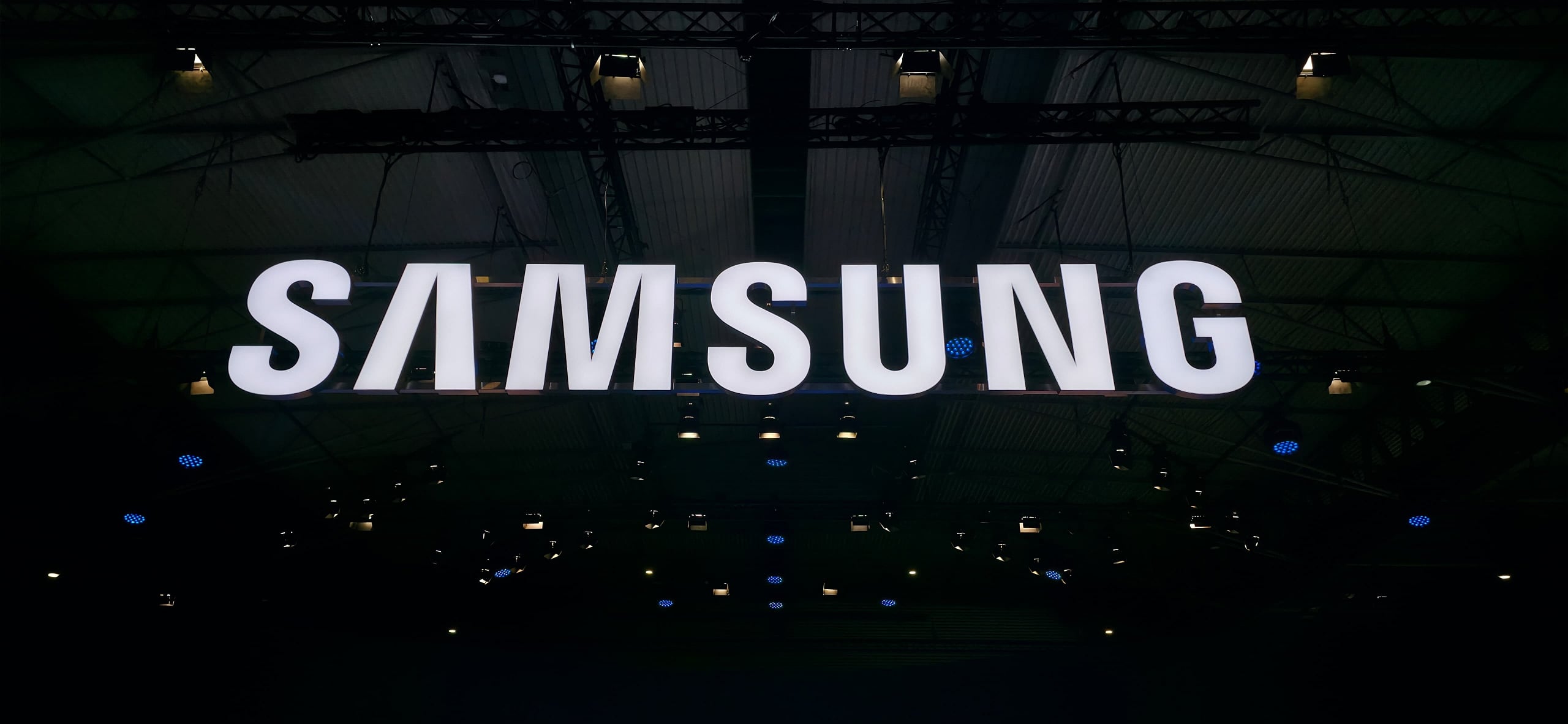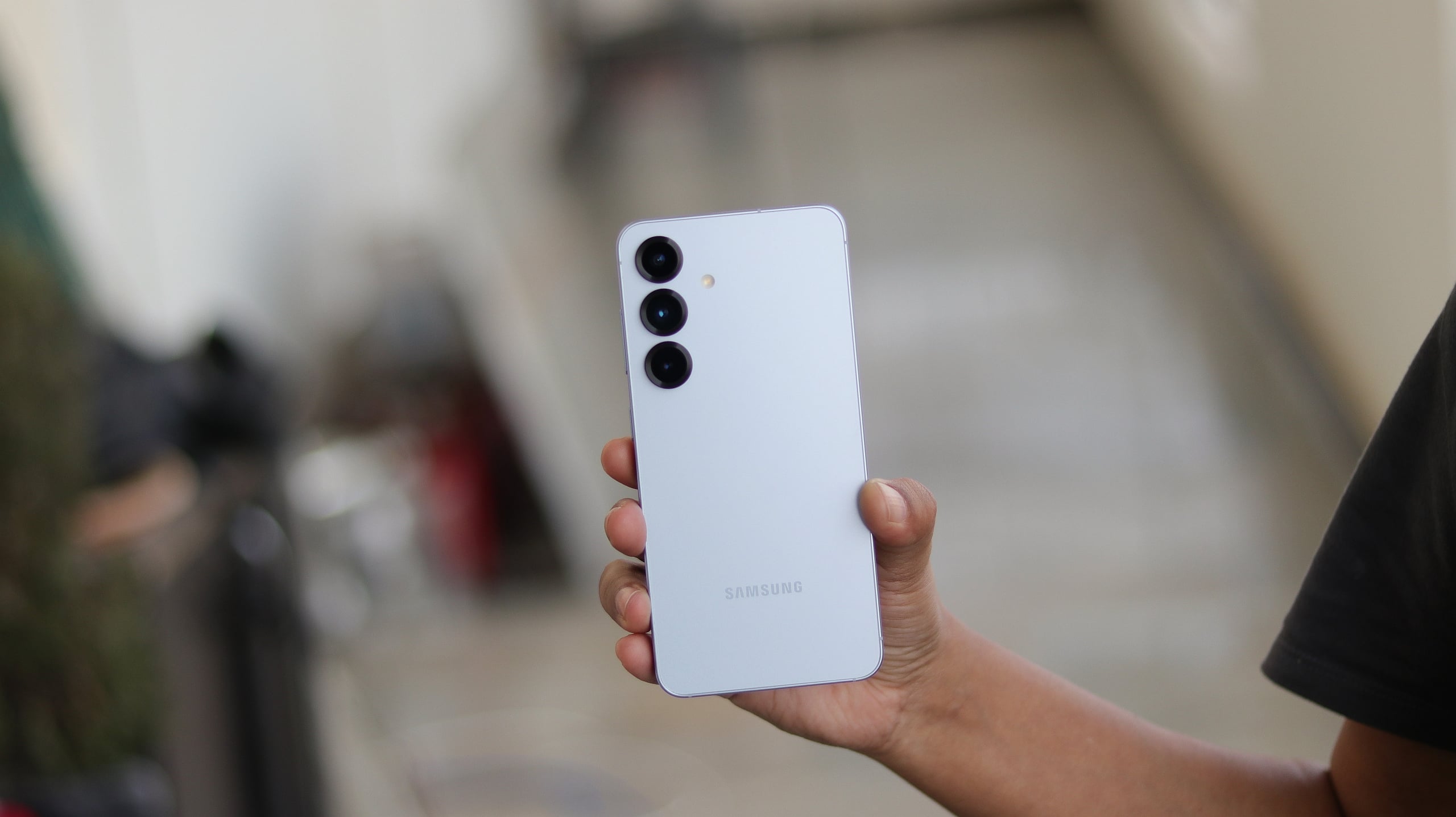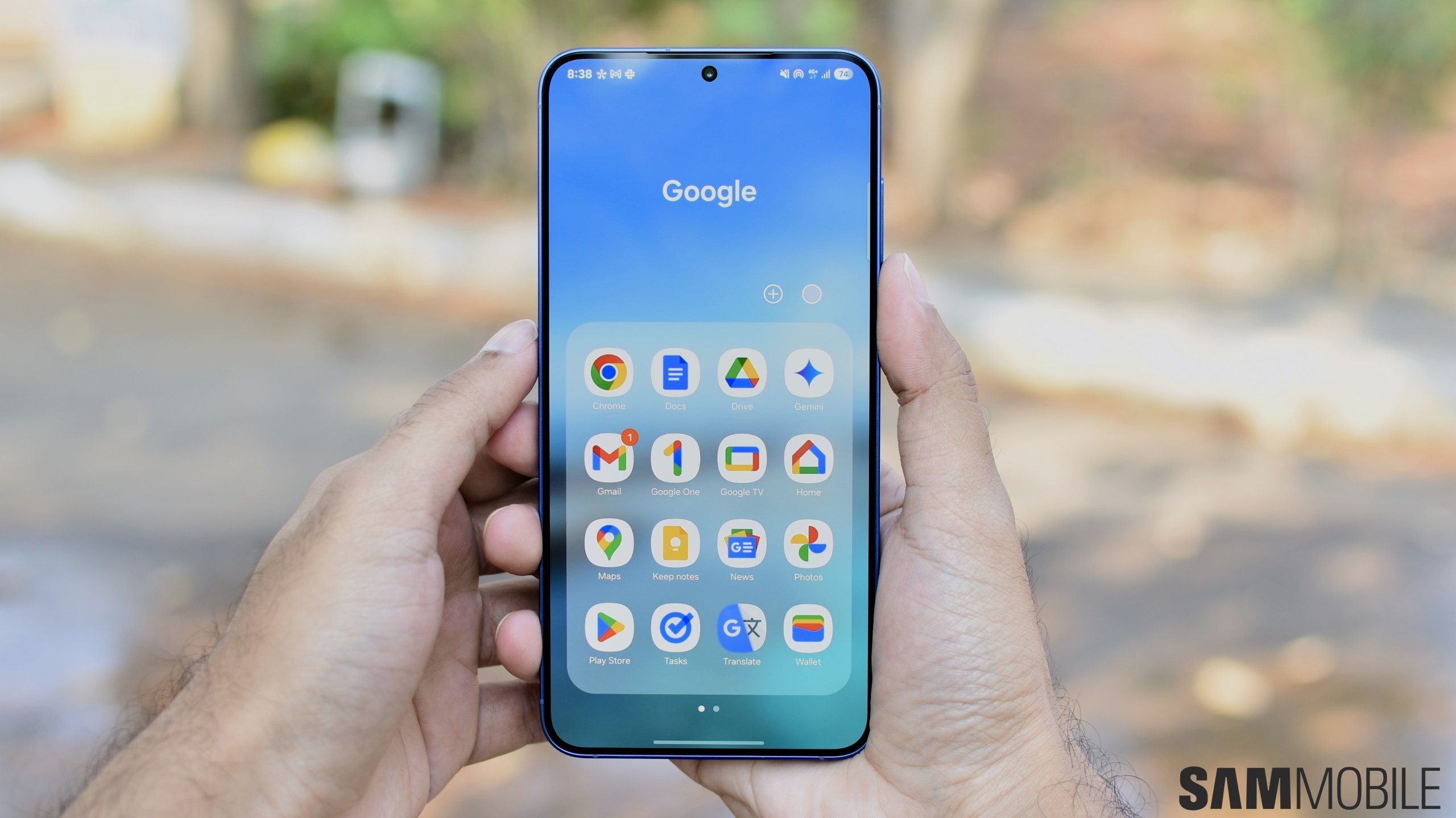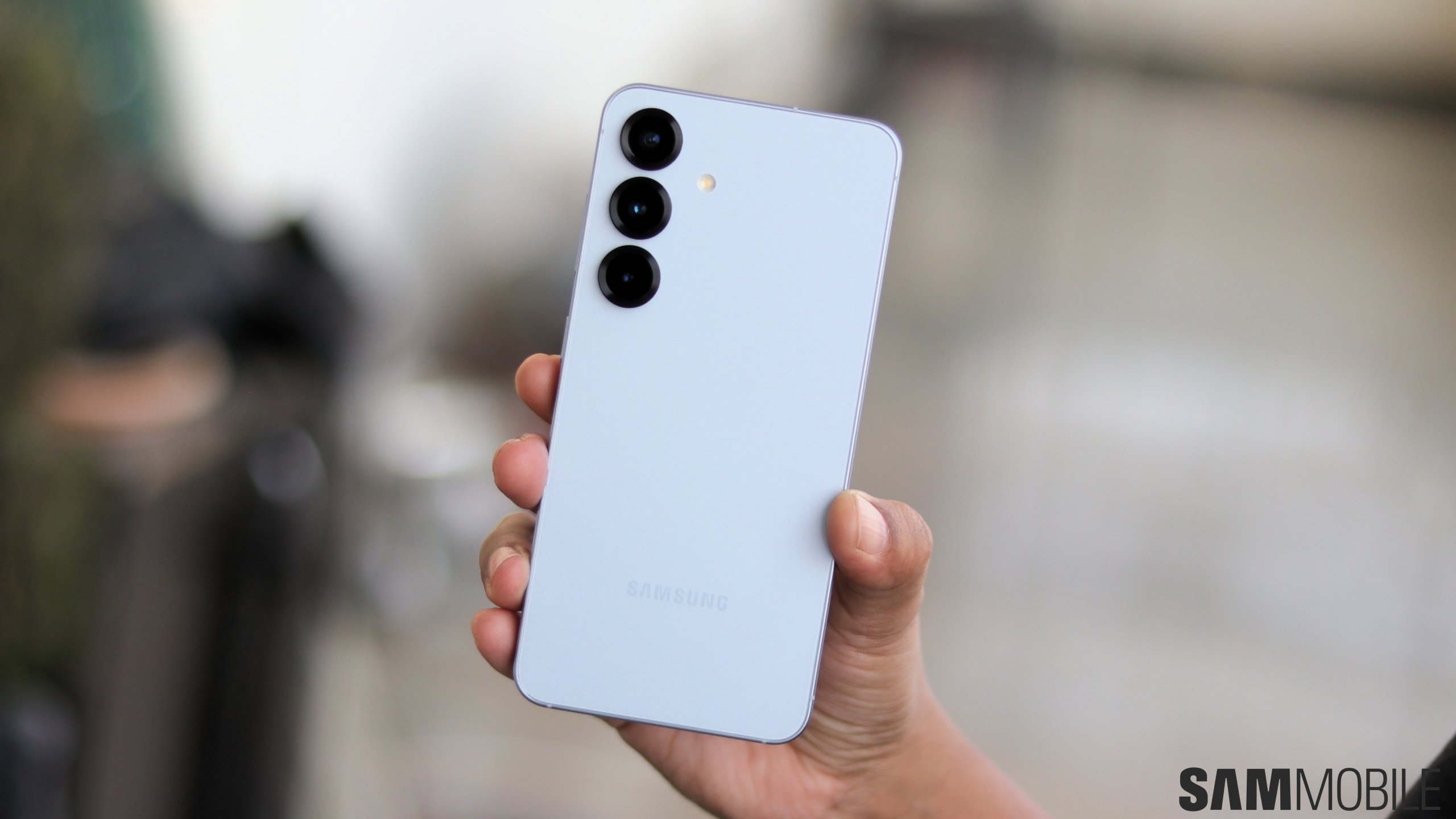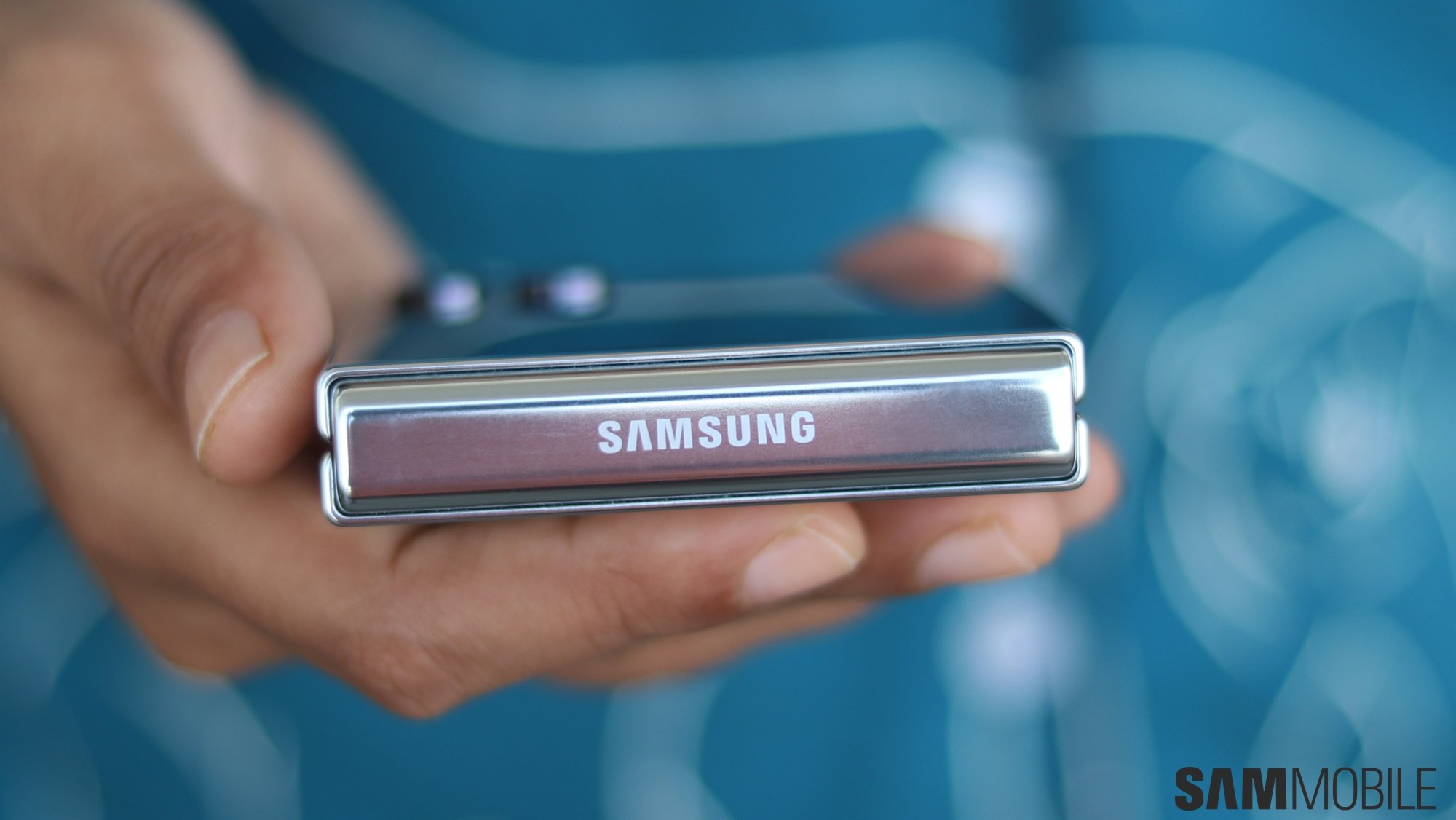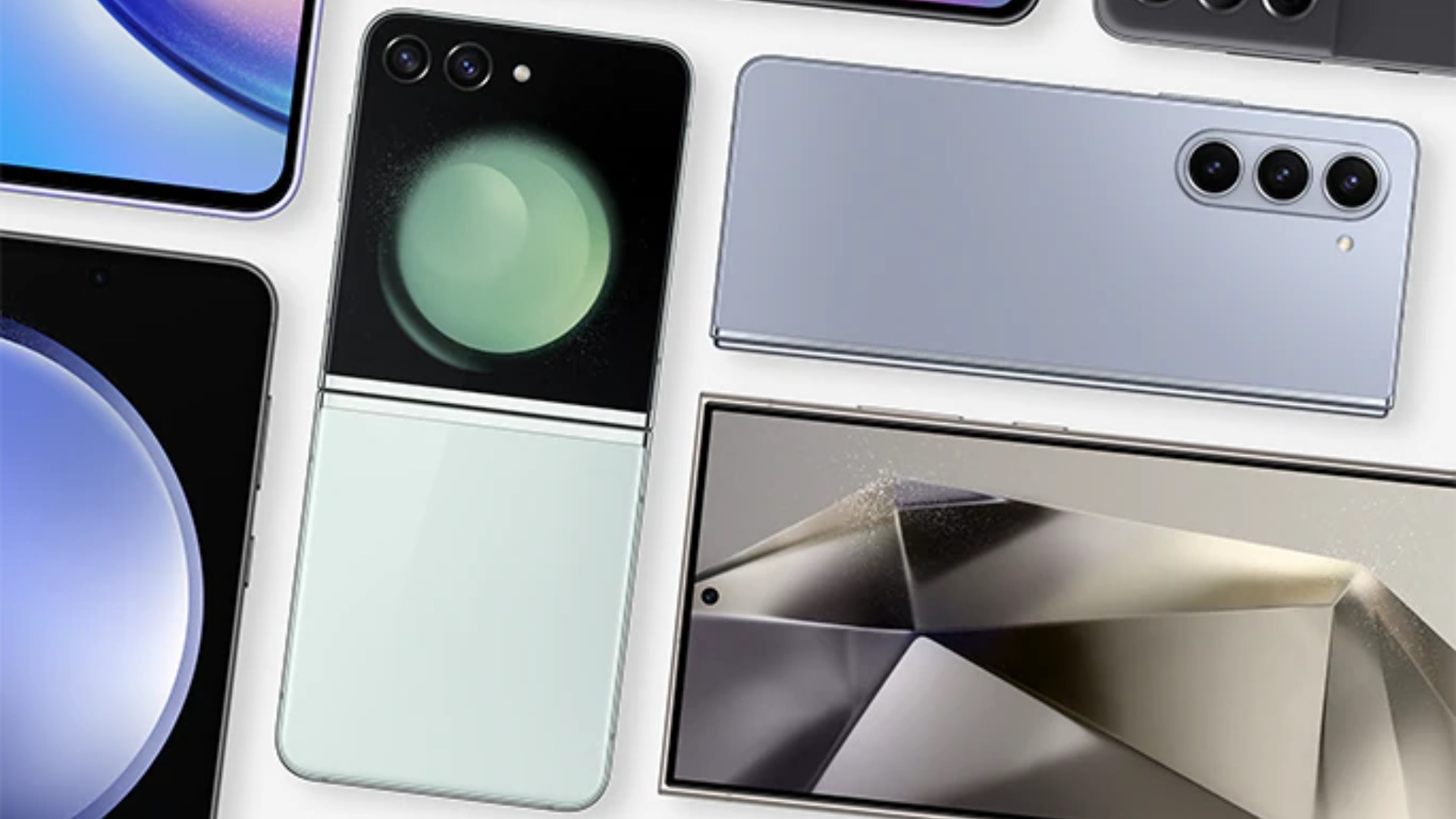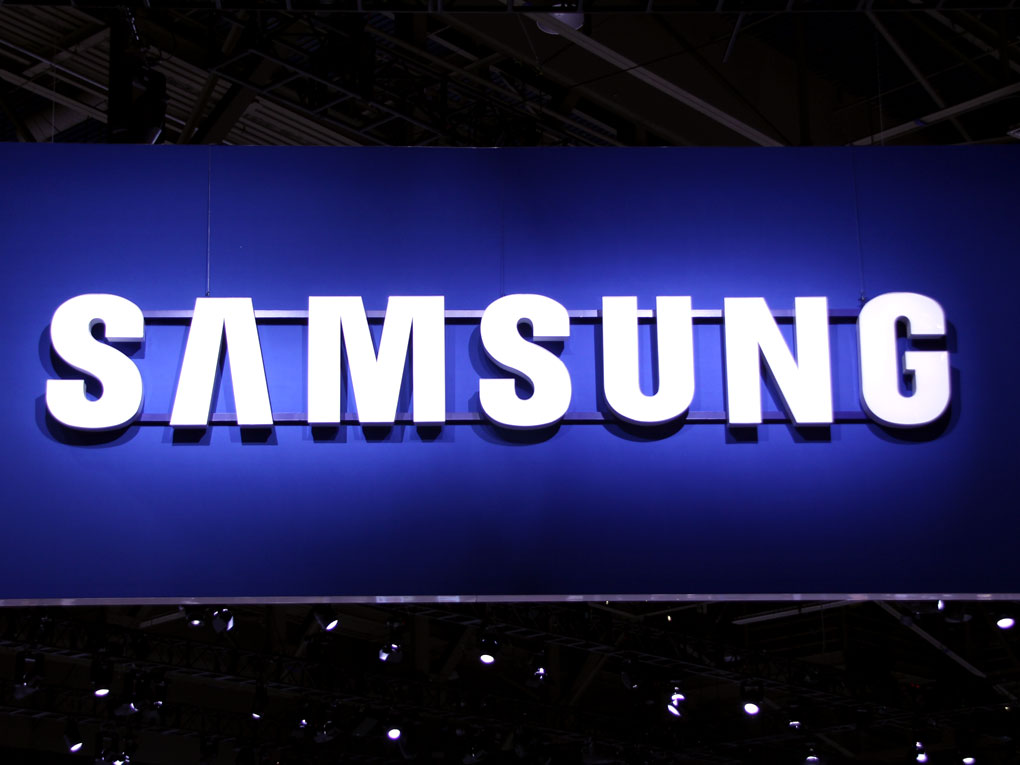
The period 2007-2013 sealed the destiny of many mobile companies for the foreseeable future. War between smartphone companies turned into a fight between ecosystems, and emphasis abruptly shifted from hardware to software. This period resulted in turbulence for many companies – turbulence associated with either handling exponential growth, or of rapidly dwindling sales and market share. Unfortunately, Sony found itself with the latter. By spearheading the change, Apple gained quick market share, and so did Samsung by aggressively adopting and pushing Android ecosystem. For Sony (then Sony Ericsson), all these developments translated into quick loss of market share and revenue. Thankfully, things started to look a lot better since Sony Ericsson became Sony with the acquisition of Ericsson’s stake in the joint venture. By gaining more control and launching impressive products in 2013, Sony has shown great signs of comeback. But, is that enough? Can Sony really challenge Samsung’s smartphone dominance in 2014? Let’s analyse the chances.
Analysing to what extent Sony can succeed in 2014 depends on how well it will overcome the shortcomings that resulted in its downfall. The characteristic of every Sony or Sony Ericsson smartphone post the advent of Android era till 2013 can be described as a product lagging behind in hardware specifications and Android software versions. While the competition was entering the dual core arena, Sony launched its flagship smartphones with single core processors, and when the competition was the adopting quad core phenomenon, Sony launched flagship phones boasting dual cores processors. The story is similar with the onboard Android software as well, with Sony flagship phones consistently running older versions of Android OS compared to the competition. Adding to the woes, the delay in OS updates made its flagship phones even less attractive for the customers and tech press alike. For all those in the Android camp, who always crave for the latest and greatest in the smartphone software and hardware, these shortcomings turned out to be potential deal breakers. Unfortunately, even Sony’s marketing was lacklustre and couldn’t negate the negative reviews surrounding its products. It’s strange how Sony, which a few years ago brought many mobile technologies first to the market, was lagging behind the competition in the Android-IOS era.
Sony started showing signs of revival with the launch of Xperia Z in early 2013. With Xperia Z, Sony put its flagship on par, if not above, with the competition in terms of equipping flagship smartphones with next generation hardware. The unibody premium design of Xperia Z easily translated into one of the very best looking devices available at the launch. The IP55 and IP57 certification, which makes the Xperia Z water and dust resistant, made Xperia Z one of the most compelling smartphones available at the time of its launch. In spite of a middling camera and display, the phone accounted for brisk sales, with some analysts quoting in excess of 4.6 million units in the first 40 days. Continuing the momentum, over the course of the year, Sony delivered formidable competition to Samsung by launching many attractive and well built products across market segments. Appreciatively, Sony ensured even its mid to low range phones were both well built and designed, something which is not very common at these price points.
The most defining moment for Sony smartphones in 2013 should be the launch of Xperia Z1 in September. It is fair to say, with the launch of Xperia Z1, Sony leaped ahead of the competition in terms of delivering cutting edge next generation hardware, particularly in the camera and phone build quality departments. The launch of Xperia Z1 can be viewed as the symbolic end of Sony’s shortcoming of playing catch-up in the hardware department, and catapulting itself to a pole position, forcing the competitors to play catch-up. By accomplishing this feat in 2013, Sony has eliminated the prime reasons for customers to ignore Sony smartphones, particularly the flagship models. With these advancements in 2013, it is a safe bet to assume that the next Sony flagship phone will definitely be a compelling consideration for people planning to buy a top-end smartphone in 2014, and will definitely pose a tough challenge for the unrivalled dominance of the Samsung’s flagship smartphones in the Android ecosystem.
However, on the software side of things, Sony is unquestionably behind Samsung in terms of both launching phones with the latest version of Android, and updating them to the next version as and when it’s launched. This is an area where Samsung has certainly fared better than most of the competitors – an accomplishment which is even more commendable when one factors the never ending, broad Samsung smartphone line-up. Interestingly, Sony’s software has its own upside when compared to the often criticised, overwhelming Touchwiz deployed by Samsung. Not counting the Google owned Motorola, Sony’s lightweight skin on stock Android is one of the most acceptable among all the mainstream manufacturers, and that’s a strength Sony should continue to build on. If Sony can address the complaints on software updates and increase the life span of its products, then Sony smartphones across market segments and price points can better compete with Samsung’s army of Galaxies in 2014.
The positives for Sony smartphones in 2013 don’t end with substantial improvements in hardware, or the incremental updates in software. The finesse with which it developed water and dust resistant designs for all the Xperia flagship smartphones remains truly unique and breathtaking. Sony should definitely extend this expertise to as many products as possible in 2014. Sony has also been relatively successful in fixing the broken naming scheme from confusing sequence of alphabets as suffixes (a.k.a. Xperia T, Xperia V etc) to Xperia Z series with incremental suffixes (a.k.a. Xperia Z, Z1 etc) for the flagship models. Although a minor change, a straight forward naming scheme with incremental numerical suffixes to the names will definitely assist Sony in positioning its products better. Similar to the latest generation iPhones and flagship Galaxy S series benefiting from the success of the previous generation models, a clear naming scheme implying successors will certainly help Sony bank on the success of the previous generation phones. Not just leaning towards a simple naming scheme, Sony has also improved the quality and quantity of its marketing in 2013 – something which is quintessential for any company willing to survive the blitzkrieg of Samsung marketing.
Although important, interestingly, none of these positives may turn out to be key the factors driving growth for Sony in 2014 due to the different set of opportunities and market conditions. 2014 is expected to be a year characterized by rapid growth in emerging markets; demand in the mid to low range market segments; commercialization of wearables; and beginning of smarter homes with connected gadgets and appliances. Fortunately for Samsung, it is uniquely positioned in the market to gain maximum advantage out of these trends. Deep vertical integration, robust sales and after sales network, gigantic marketing spend, smartphones targeting every segment and price point etc, make Samsung an ideal fit to capitalize the opportunities in the emerging markets like India, China etc. Of course, Sony does have presence in these markets, but it’s just not on a scale comparable to Samsung smartphones. Sony’s strategy to use MediaTek processors for the mid to low range smartphones will definitely provide some extra ammunition for Sony to compete in these Samsung dominant markets, but to what extent it can negate the benefits of vertical integration enjoyed by Samsung in terms of scale, cost, and control on components remains to be seen.
Sony made a head start in the wearables space by launching its first generation smart watch couple of years ago. This head start certainly gave Sony enough time to iron out the shortcomings of the first generation products before the expected large scale commercialization of smart watches in 2014. No wonder, Sony’s Smart Watch 2 is the most refined among the list of all smart watches currently available. However, Samsung’s advantage in wearables market cannot be undermined by the head start made by Sony. Samsung’s investment in flexible displays is alone enough to negate the benefits of any first mover advantage enjoyed by Sony, as the success of wearables market squarely depends upon the developments in flexible displays.
Samsung’s edge, unsurprisingly, seems to extend into the smart and connected homes space as well due to the broad Samsung product portfolio and the obvious opportunities they offer to build an ecosystem around them. In fact, Samsung has already shown glimpses of its advantage in this space in the recently concluded CES 2014, where it exhibited a model smart home built around Samsung products. This advantage can undeniably add great value proposition to the entire range of Samsung products including smartphones – something which other smartphone manufacturers with narrow product portfolio should be worried about. Sony is non-existent in the kitchen appliances category, but has huge presence in the consumer electronics space, and this certainly translates into an opportunity for building Sony ecosystem, even if the advantage is minor compared to Samsung.
The dream of ‘One Sony’ envisioned and emphasized by Kazuo Hirai, CEO of Sony Corporation, seems to be materializing in the form of leveraging Sony expertise across product categories to make the best Sony phone ever. This is definitely a trend Samsung should be wary of, given the expertise Sony has in categories most relevant to smartphones. Of course, none of this analysis is meant to say Sony will overtake Samsung in smartphones, but to point to the competitive threat for Samsung in 2014. In fact, Sony is not aiming to overtake Samsung, but to clearly position itself as the third large player in the smartphone market. However, considering the market segments and ecosystems both the companies operate in, growth for Sony smartphones may very well mean loss of some market share for Samsung.
Overall, it’s safe to say, Sony is back with full force to the market, and seems to be well on way to become the third largest smartphone maker as per its goals. In fact, it started 2014 on a great note by launching Xperia Z Compact, a flagship smartphone in compact size – a category ignored for long in the Android ecosystem. With Xperia Z1, Sony has set great anticipation for the successor in 2014. However, to Sony’s discredit, its smartphones in 2013 have been criticized for mediocre displays and inconsistent camera performance, and fixing these issues should be of paramount importance for Sony in 2014. If the Sony smartphones in 2014 can address these issues, then the reasoning to buy a Samsung smartphone over Sony offerings becomes even more weak and negligible for the customers. Sony delivering formidable competition to Samsung is good in many ways for the Android ecosystem, which at present is mainly dominated by Samsung. The more intense the competition is, the better it gets for the customer. So, let’s hope for some exciting times ahead with the industry heavy weights fighting it out for the stamp of approval from the customers through their wallets.
This article was written by our guest blogger, Naresh Nekkanti (you can follow him at @nekkantinaresh on Twitter), and will be part two of a multi-part series of articles analyzing Samsung’s challenges in 2014, and its stand among the competition.



